Converting leads into paying customers is the undying challenge for marketing teams and e-commerce companies year after year
Every business wants to grow their revenue and reach, yet many still struggle to understand what the numbers actually mean and how to use them to boost sales.
Thanks to advances in big data and analytical technology, marketers now have access to more consumer data than ever before. However, this only serves to overwhelm over 50% of marketers, in turn making their marketing strategies ineffective.
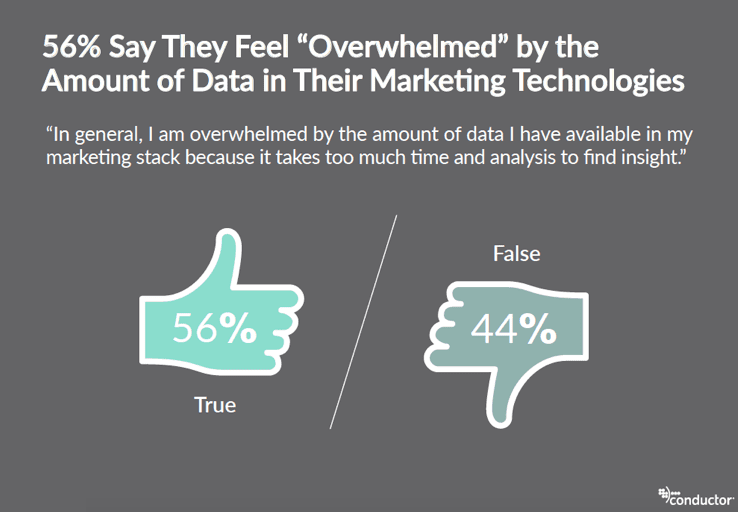
Download FREE Resource – Digital marketing plan template
Our popular marketing planning template built on the Smart Insights RACE planning system.
Access the Free digital marketing plan template
Since there is access to so much information within a business’s sales and customer data, marketing teams tend to feel overwhelmed and unsure of the best ways to apply it. While nearly every dataset has its place and purpose, there are four important metrics that relate directly to conversion growth.
Here are the top four data points that marketing teams must pay attention to in order to boost sales and improve retention rates.
1. Sales Trends
Many marketing teams glance at sales statements from time-to-time, but the data collected from these reports is far more important than they may realize. A sales boost for a certain product could signal what to push in advertising campaigns and help marketers identify less popular items that may need more marketing attention.
In order to collect accurate sales trend data, companies should use connected point-of-sale devices (which can do much more than just enable transactions) that have the ability to store customer information for this purpose. Data from your POS can provide valuable insights related to market trends that may not be so obvious with older methods.
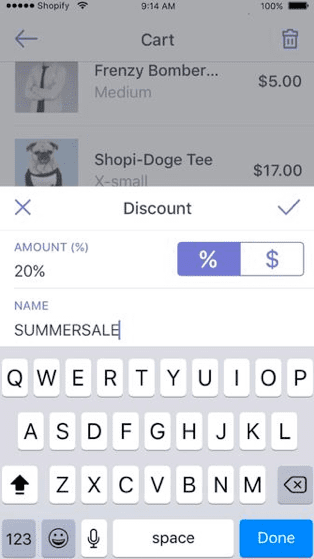
For instance, POS trend reports could identify days or times of the week (or season) when certain items are most popular, and in turn, help marketing teams identify when to push certain advertising content.
By keeping track of trends in the market, businesses can design all-around better strategies and cut down on waste. This data also helps marketing teams understand what their customers want, what they like and dislike, and how to capture their attention.
2. Repeat Sales
Consumers (in general) are psychologically programmed to stick to their comfort zones. This is why many customers will stick to buying the same laundry detergent, car brand, or clothing brand year after year. The fact that humans are creatures of habit can be used to a business’s advantage.
Repeated sales reports give marketing teams the knowledge they need for improved customer personalization. According to a Salesforce report, 64% of shoppers want to receive personalized offers from businesses based on their actions and preferences.
Failing to offer this specialization could result in a smaller customer base, as many would be quick to switch brands due to lack of personalization. By identifying opportunities to personalize shopping experiences based on the items a customer typically purchases, brands can upsell or cross-sell more items that are related to typical purchases.

Amazon does this all the time with their sales recommendations, which the online retail giant admitted in the past makes up 35% of their sales. By tracking the products that are purchased more frequently, marketing teams can send out content that pushes for conversions, such as reminder emails, bundle discounts, or other incentives.

3. Social Conversion Rates
Understanding the effect that a strong social media presence has on conversion rates is a game changer for marketing teams. Every day, 60% of social media users interact with at least one brand through the major networking sites.
What’s more, social media advertising has become increasingly influential in fueling purchasing decisions, and nearly one-third of consumers decided to buy an item because of something they saw on social media.
Keep in mind, different sites work better for different industries – depending on their products or goals. According to a social media report from Clutch and Smart Insights, B2C companies see better results from Facebook and Instagram, whereas Twitter and LinkedIn are the preferred platforms for B2B companies.
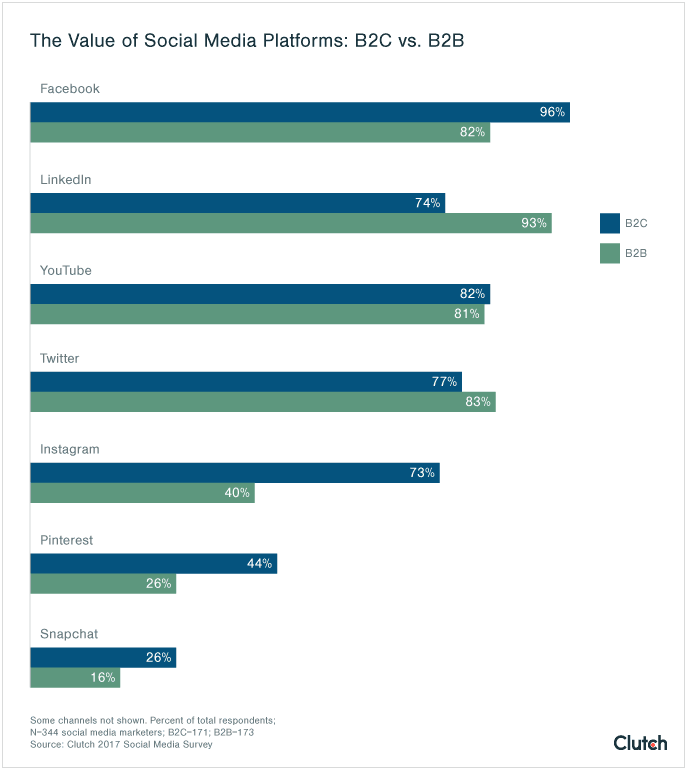
Each social site also has its advantages and disadvantages when it comes to reaching specific audience demographics, particularly if your brand is trying to market to certain age groups.
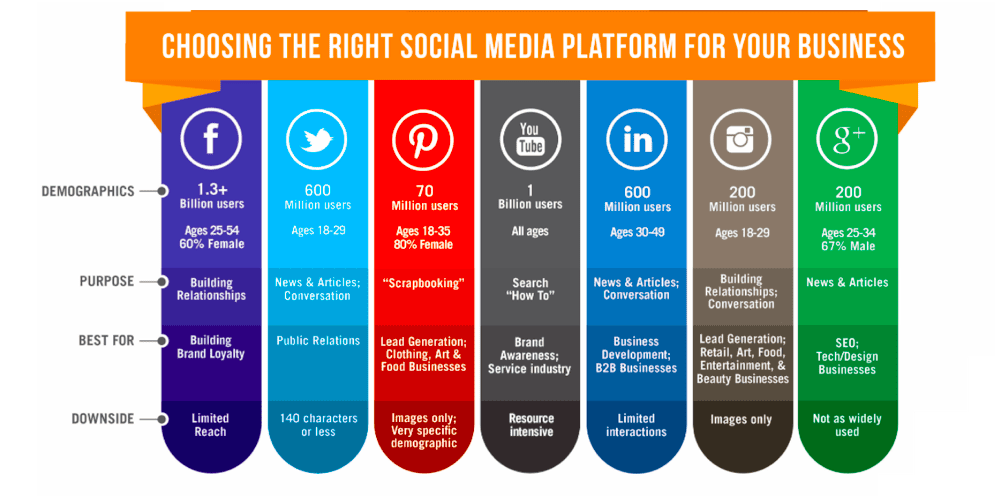
It may be a waste of time and resources to keep pouring marketing efforts into a platform that is simply not converting. On the other hand, if numbers are just mediocre, it could be a sign that marketers simply need to up the ante and push harder for conversions through that site. By tracking social conversion rates, like email signups or content clicks, businesses can identify the channels that result in the most interactions to guide their marketing strategies and determine which sites are worth the effort.
4. Content Metrics
Content marketing may be the most difficult entity to track and understand. This is because it is typically used for building brand recognition and industry leadership. Being as how the correlation between sales to content marketing is hardly black and white, many marketers simply do not track the correct data. However, there are specific points that can signal the success or weakness of this type of marketing.
There are four key content marketing metrics to track: consumption, sharing, lead generation, and sales.
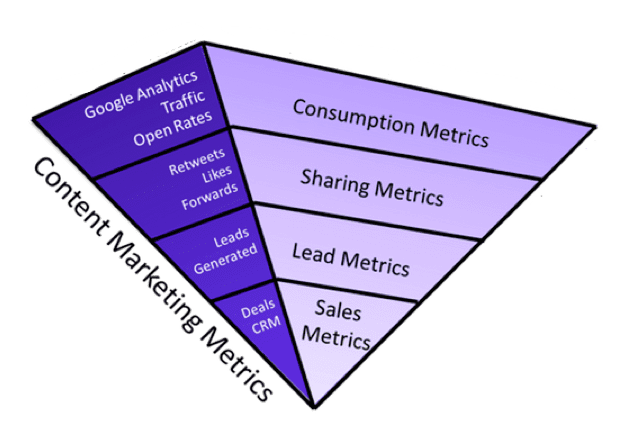
Pay attention to traffic and click-through rates on Google Analytics, as this will show where the majority of your engagement and consumption is coming from. Further, Google Search Console can clearly identify which keywords are driving the most traffic to your webpages, providing marketing teams a comprehensive list of the ideal terms to include in future content.
Tracking shares, likes, and comments is another way to measure its success. If a post received high engagement, look for the common threads as to why people liked it.
Over to You
By discovering which systems are working and which ones are falling behind, marketing teams can convert customers more successfully than ever before. The key is to understand which numbers are important, why they matter, and how they apply to the big picture.

Thanks to Pratik for sharing their advice and opinions in this post.
Pratik Dholakiya is the Founder of
The 20 Media, a content marketing agency specializing in content & data-driven SEO, and
PRmention, a digital PR agency. He regularly speaks at various conferences about SEO, Content Marketing, Growth Hacking, Entrepreneurship and Digital PR. Pratik has spoken at NextBigWhat’s UnPluggd, IIT-Bombay, SMX Israel, SEMrush Meetup, MICA, IIT-Roorkee and other major events across Asia. As a passionate SEO & content marketer, he shares his thoughts and knowledge in publications like Search Engine Land, Search Engine Journal, Entrepreneur Magazine, Fast Company, The Next Web, YourStory and Inc42 to name a few.











 Thanks to Pratik for sharing their advice and opinions in this post.
Thanks to Pratik for sharing their advice and opinions in this post. 


